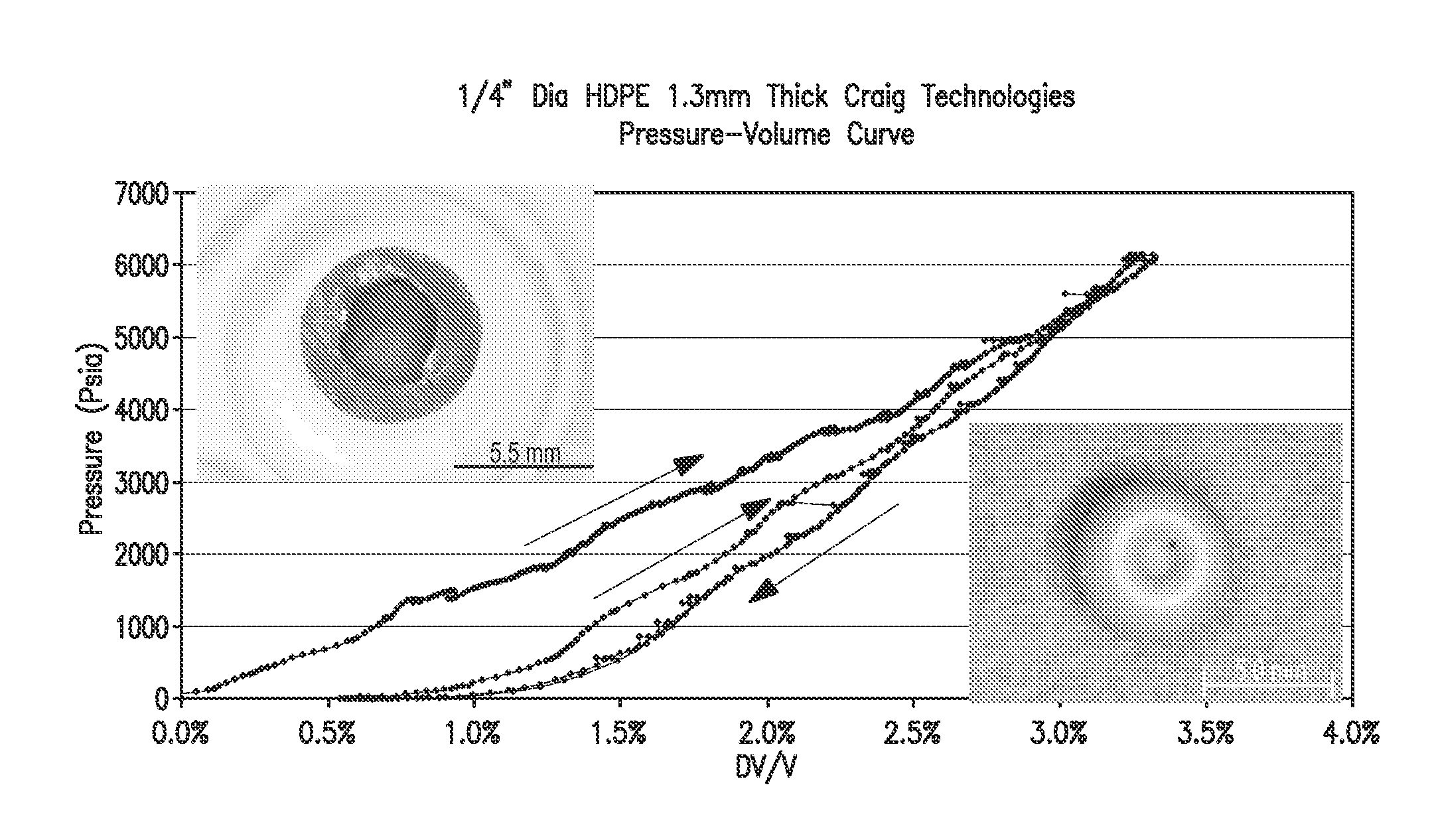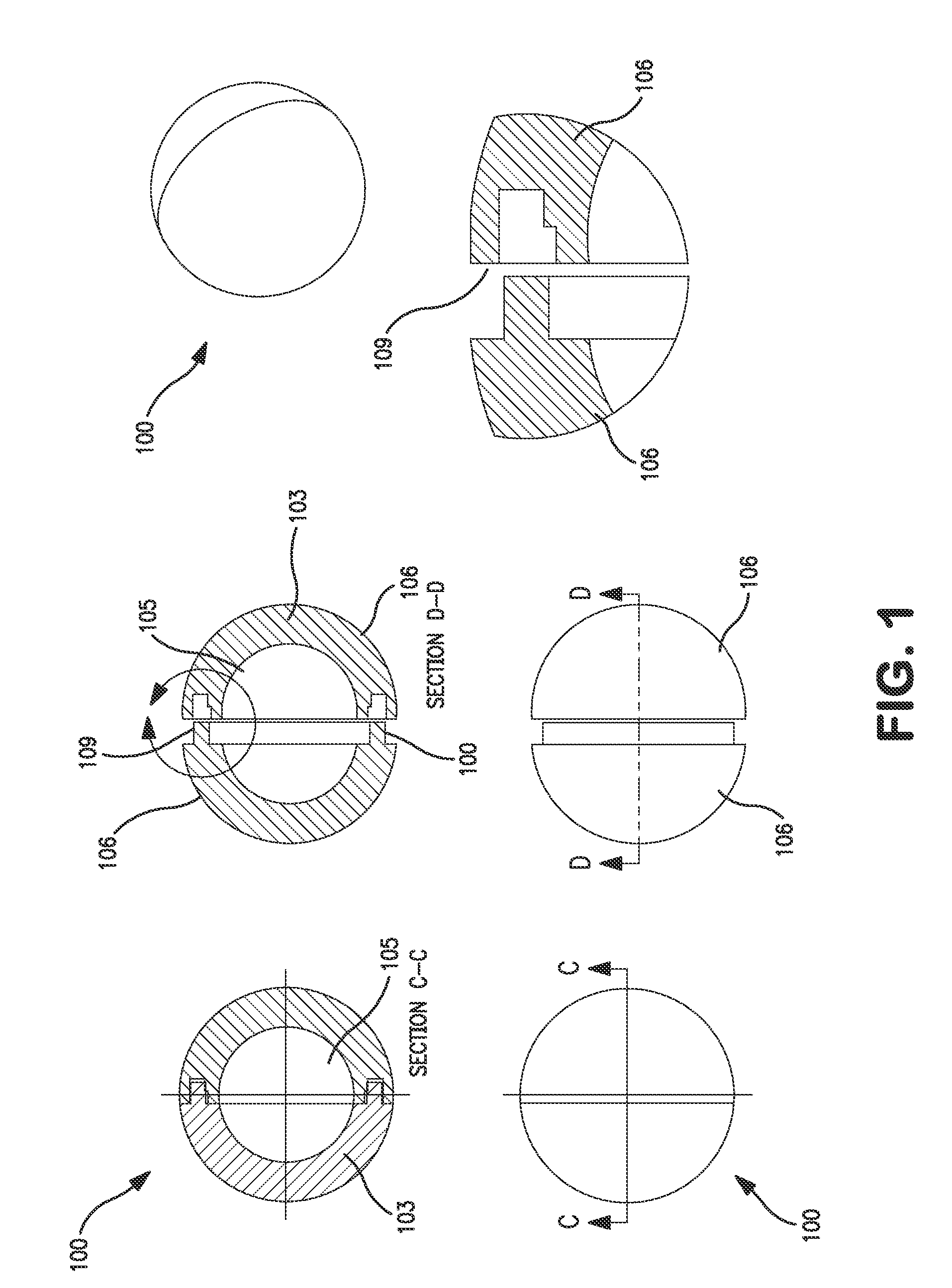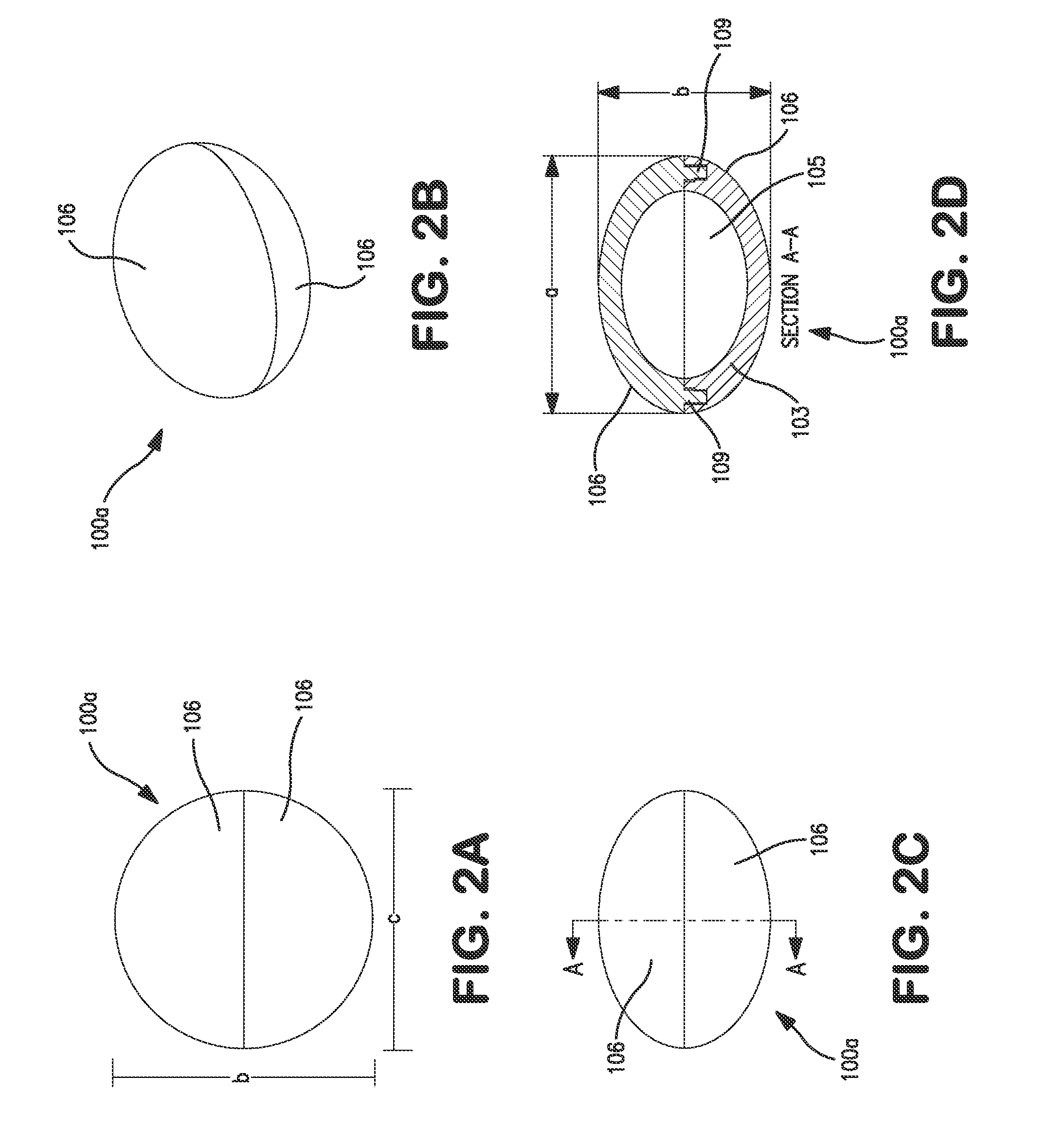Elastic hollow particles for annular pressure buildup mitigation
- Summary
- Abstract
- Description
- Claims
- Application Information
AI Technical Summary
Benefits of technology
Problems solved by technology
Method used
Image
Examples
example 1
[0040]A variety of industries and materials suppliers were surveyed to locate readily available, off-the-shelf hollow polymer particles. The search criteria were limited to the following: the particles had to be hollow and made of plastic or rubber, with an outside diameter of no more than 10 mm. While the downhole operating requirements are much more stringent, these relatively simple criteria allowed acquisition of particles that could serve as potential concept demonstrators.
[0041]After considering a variety of experimental techniques for applying elevated pressures on the order of 15,000 psi and measuring changes in volume demonstrated by the elastic hollow particles, a High Pressure Pump Model 68-5.75-15 from High Pressure Equipment (HiP) was acquired. This device is a manual screw-driven pressure generator that is capable of applying pressures up to 15,000 psi in a small cylindrical chamber approximately 16 inches long and 11 / 16 inch in diameter. For each experiment, the test ...
example 2
[0042]This experiment involved two pressure cycles up to 10,000 psi of an 11.6% mixture in volume of a sample of polypropylene hollow particles (Sample 1) and water. The elastic hollow particles used for this experiment had an outside diameter of 2.5 mm and a variable size cavity. Microscopic exploration revealed that the size of the cavity was minimal. As a result, the pressure-volume curve (as shown in FIG. 3) was very similar to that obtained in an experiment involving only the compression of water and residual air.
example 3
[0043]This experiment involved two pressure cycles of a 5.6% mixture in volume of another sample of polypropylene elastic hollow particles (Sample 2) and water. Results are shown in FIG. 4. The polypropylene elastic hollow particles had a 10 mm diameter and a 1 mm wall thickness. The sound of the elastic hollow particles collapsing could be heard under the increasing pressure. As seen in the pressure-volume response, every collapsed particle provided additional volume and relieved the pressure in the chamber. Most of the elastic hollow particles, with the exception of two, failed close to 2,000 psi. The failure mode representative of all ten elastic hollow particles is shown in FIG. 3.
[0044]The maximum pressure did not significantly exceed 2,000 psi until collapse of the final particle, which occurred at about 6.5% change in volume. This location on the plot is about 5% change in volume above the point at which the pressure first began to depart from 0 psi (1.5%). This value of 5% c...
PUM
 Login to View More
Login to View More Abstract
Description
Claims
Application Information
 Login to View More
Login to View More - Generate Ideas
- Intellectual Property
- Life Sciences
- Materials
- Tech Scout
- Unparalleled Data Quality
- Higher Quality Content
- 60% Fewer Hallucinations
Browse by: Latest US Patents, China's latest patents, Technical Efficacy Thesaurus, Application Domain, Technology Topic, Popular Technical Reports.
© 2025 PatSnap. All rights reserved.Legal|Privacy policy|Modern Slavery Act Transparency Statement|Sitemap|About US| Contact US: help@patsnap.com



